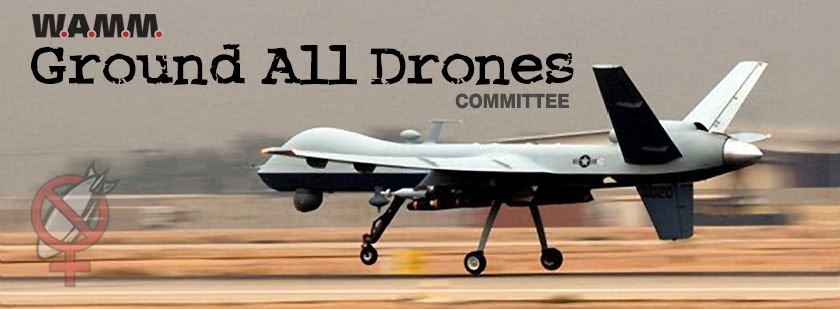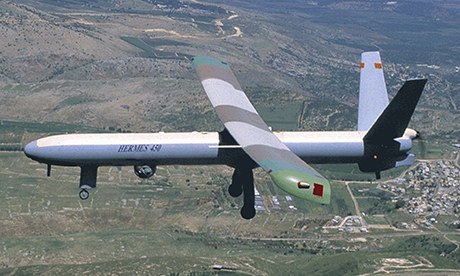WASHINGTON — The risk that President Obama may be forced to pull all American troops out of Afghanistan
by the end of the year has set off concerns inside the American
intelligence agencies that they could lose their air bases used for drone strikes against Al Qaeda in Pakistan and for responding to a nuclear crisis in the region.
Until
now, the debate here and in Kabul about the size and duration of an
American-led allied force in Afghanistan after 2014 had focused on that
country’s long-term security. But these new concerns also reflect how
troop levels in Afghanistan directly affect long-term American security
interests in neighboring Pakistan, according to administration, military
and intelligence officials.
The
concern has become serious enough that the Obama administration has
organized a team of intelligence, military and policy specialists to
devise alternatives to mitigate the damage if a final security deal
cannot be struck with the Afghan president, Hamid Karzai, who has declined to enact an agreement that American officials thought was completed last year.
If
Mr. Obama ultimately withdrew all American troops from Afghanistan, the
C.I.A.’s drone bases in the country would have to be closed, according
to administration officials, because it could no longer be protected.
Their
concern is that the nearest alternative bases are too far away for
drones to reach the mountainous territory in Pakistan where the remnants
of Al Qaeda’s central command are hiding. Those bases would also be too
distant to monitor and respond as quickly as American forces can today
if there were a crisis in the region, such as missing nuclear material
or weapons in Pakistan and India.
A
senior administration official, asked about the preparations, responded
by email on Sunday that as the possibility of a pullout “has grown in
Afghanistan, we have been undertaking a methodical review of any U.S.
capabilities that may be affected and developing strategies to mitigate
impacts.”
The
official added that the administration was determined to find
alternatives, if necessary. “We will be forced to adapt,” the official
said, “and while perhaps less than most efficient, the United States
will find ways necessary to protect our interests.”
The
issue is coming to the fore after the Pentagon recently presented Mr.
Obama with two options for the end of the year. One option calls for a
presence through the end of Mr. Obama’s term of 10,000 American troops
who could train Afghan troops, conduct counterterrorism raids and
protect the American facilities, including those in eastern Afghanistan
where drones and nuclear monitoring are based.


